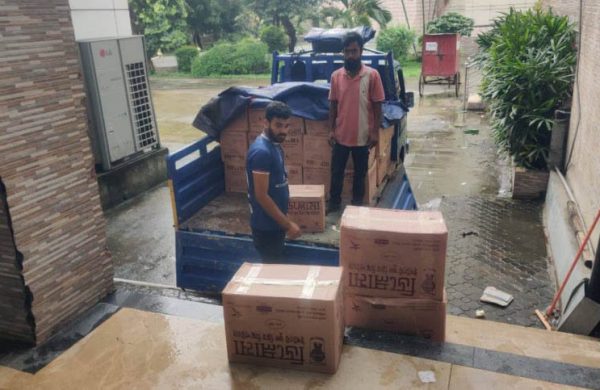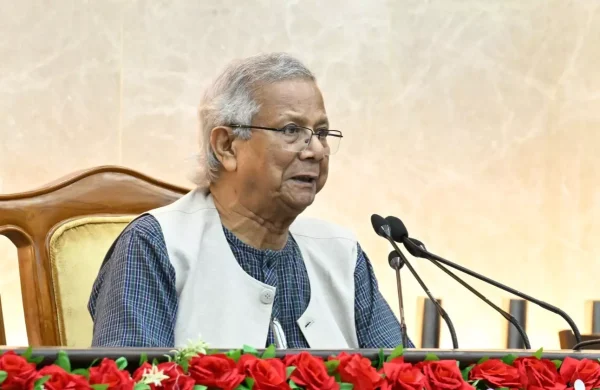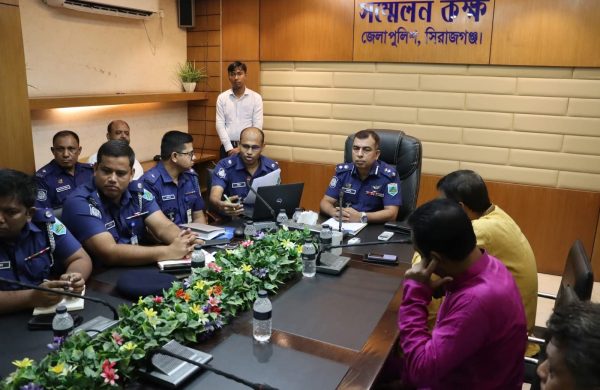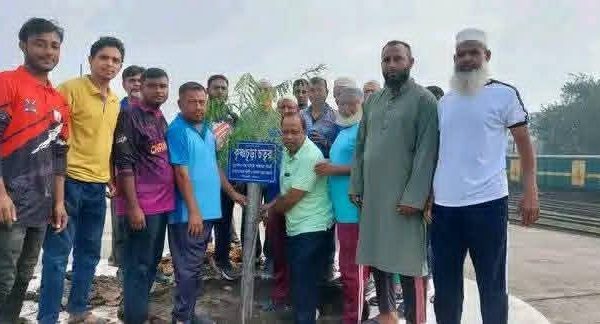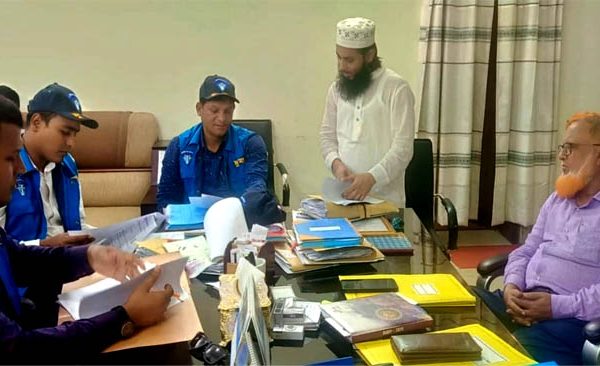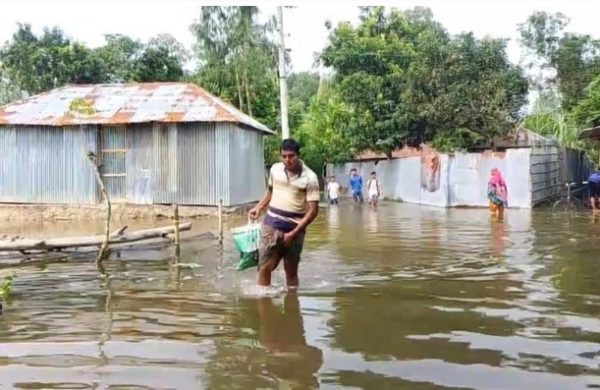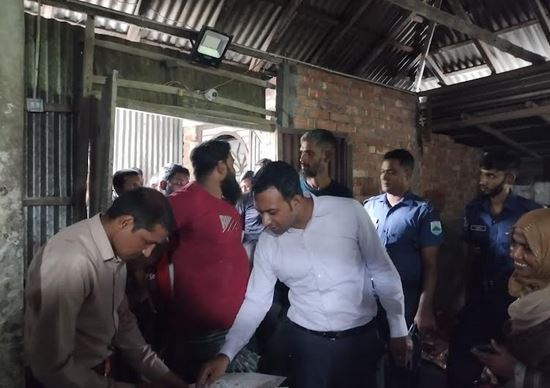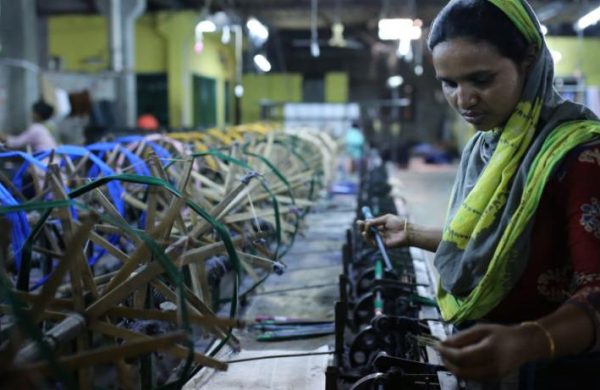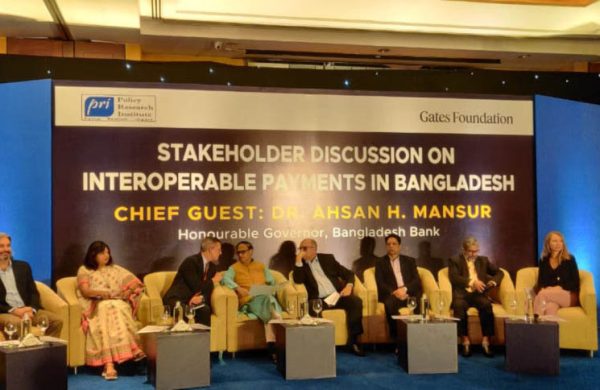BREAKING THE CHAINS OF CHILD LABOURERS
- Update Time : Thursday, June 13, 2024
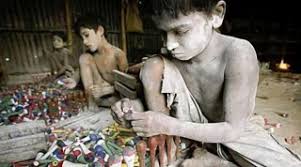
TDS DESK:
Celebrating 25-yr of commitment with a call to end all forms of child labourers
In William Blake’s touching poem “The Chimney Sweeper” from his collections Songs of Innocence and Songs of Experience, he paints a sad picture of child labour during the Industrial Revolution. Blake describes children covered in soot, crying out, “weep, weep.”
These heart-wrenching images still strike a chord today. Despite many efforts to stop child labour, it remains a grave concern in many parts of the world, including here in Bangladesh. As we observe World Day Against Child Labour and celebrate the 25th anniversary of the Worst Forms of Child Labour Convention (1999, No 182), it’s important to look back at what we have achieved and push harder to protect every child from being exploited.
While significant progress has been made globally, recent years have witnessed a troubling reversal in this trend. There is an urgent need for concerted action to nip this trend and eradicate child labour in all its manifestations.
The International Labour Organization (ILO) estimates that there are still 160 million children engaged in child labour worldwide, with nearly half of them involved in hazardous work. As for here in Bangladesh, according to a study by the Bangladesh Bureau of Statistics (BBS), over 1.2 million children are engaged in child labour. Of these, approximately 600,000 are involved in hazardous forms of work.
THE CULPRITS IN BANGLADESH
The textile and garment sector, a foundation of Bangladesh’s economy, historically employed a substantial number of child labourers. These children often worked in unregulated, small-scale factories and workshops where they were exposed to long hours, unsafe working conditions, and minimal wages.
Many children in rural areas work in agriculture, often starting at a very young age. They engage in tasks such as planting, harvesting, and tending to livestock, which can be physically demanding and dangerous.
A large number of children, particularly girls, are employed as domestic workers. These children are often hidden from public view, making them especially vulnerable to abuse and exploitation.
Children working in brickfields and construction sites perform physically demanding tasks, including carrying heavy loads and working with hazardous materials, without proper safety equipment.
Bangladesh has ratified ILO Convention No 182 on the Worst Forms of Child Labour and Convention No 138 on the Minimum Age for Admission to Employment. These commitments are crucial steps toward safeguarding children’s rights. However, the implementation and enforcement of these laws remain inconsistent. Factors such as poverty, lack of education, and socio-cultural norms contribute to the persistence of child labour.
ACTION AT ALL LEVELS
This year’s theme, “Let’s act on our commitments: End Child Labour!” emphasizes the need for strong action at all levels. Here are some strategies that can help in making the elimination of child labour a reality:
Governments must ensure that national laws are aligned with international conventions. This includes establishing a minimum working age, regulating work hours, and ensuring safe working conditions for adolescents who are legally allowed to work.
Effective enforcement of child labour laws is critical. This requires training and empowering labour inspectors, increasing inspections, and imposing penalties on violators.
Poverty is a primary driver of child labour. Efforts to reduce child labour must include comprehensive poverty alleviation programs, including social protection measures, access to quality education, and livelihood opportunities for families.
Ensuring that all children have access to free, quality education is essential. Governments and NGOs must work together to eliminate barriers to education, such as school fees, and provide incentives for families to keep their children in school.
Public awareness campaigns can help change attitudes and behaviours towards child labour. Emphasizing the long-term benefits of education and the risks associated with child labour can encourage communities to take action.
The international community has a pivotal role to play in ending child labour. The adoption of Sustainable Development Goal Target 8.7, which calls for the eradication of child labour in all its forms by 2025, signifies a global commitment. Achieving this goal requires coordinated efforts and collaboration among governments, international organizations, businesses, and civil society.
Corporations must also take responsibility by ensuring that their supply chains are free from child labour. This incorporates conducting regular audits, establishing clear policies against child labour, and working with suppliers to improve labour practices.
PUSHING FORWARD
As we celebrate the 25th anniversary of the Worst Forms of Child Labour Convention, it is a moment to acknowledge the progress made and recognize the challenges that lie ahead. The universal ratification of ILO Convention No 182 in 2020 marked a significant milestone, providing a legal framework for protecting children from the worst forms of child labour. However, achieving universal ratification and effective implementation of ILO Convention No 138 on the Minimum Age remains crucial.
This World Day Against Child Labour, let us renew our commitment to ending child labour. Governments, businesses, and individuals must work together to create a world where every child can enjoy a childhood free from exploitation and abuse. By addressing the root causes, strengthening legal frameworks, and promoting education, we can make significant strides towards eliminating child labour.
Blake’s vision of innocence and experience serves as a powerful reminder of what is at stake. Let us act on our commitments and ensure that the cries of children, like those of Blake’s chimney sweepers, are heard and addressed. Together, we can make the elimination of child labour a reality, fulfilling the promise of a brighter, safer future for all children.
HM Nazmul Alam is a lecturer, Department of English and Modern Languages, International University of Business, Agriculture and Technology.






